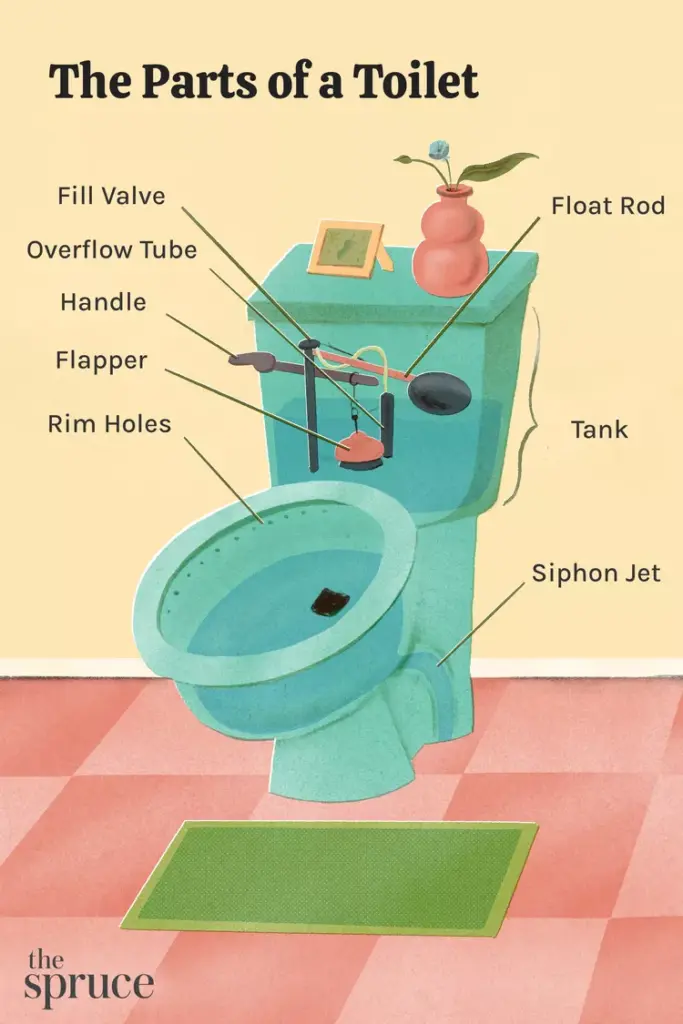Bathroom
Toilet Won’t Stop Running? Here’s Why and How to Fix It

Toilet Running Troubleshooting Guide
If your toilet keeps running, it wastes water, raises your utility bill, and becomes increasingly frustrating throughout the day. Thankfully, this issue doesn’t always require a plumber and can often be fixed with simple tools. Most of the time, the problem involves the overflow tube, flush valve, or fill valve.
What Causes a Running Toilet?
To understand how to stop the issue, first identify what part of the toilet causes the problem. Always turn off the water supply before making any adjustments. Below are the common components to examine:
Overflow Tube Issues
The overflow tube is a hollow pipe that directs excess water into the bowl when the tank overfills. When the water level is too high, it constantly flows into the tube.
Flush Valve Malfunctions
The flush valve assembly contains a flapper, overflow tube, gasket, and hardware. If the flapper doesn’t close properly, water continuously leaks into the bowl.
Fill Valve Problems
The fill valve regulates water flow into the tank. If it fails, water won’t stop filling the tank, leading to continuous running.
Tools and Materials You’ll Need
- Channel lock pliers
- Screwdriver
- Clean cloths or towels
- White vinegar
- Replacement parts (overflow tube, flush valve, fill valve)
Adjusting or Replacing the Overflow Tube
Check the Water Level
Remove the tank lid and see if water overflows into the tube. If it does, lower the water level using the float.
Adjust the Float Rod or Cup
Turn the adjustment screw counterclockwise with a screwdriver or pliers. This lowers the float and reduces the water level.
Verify the Tube Height
If the tube is too short, water constantly flows into it. In that case, replace the flush valve completely.
Replacing the Toilet Flush Valve
Inspect the Chain
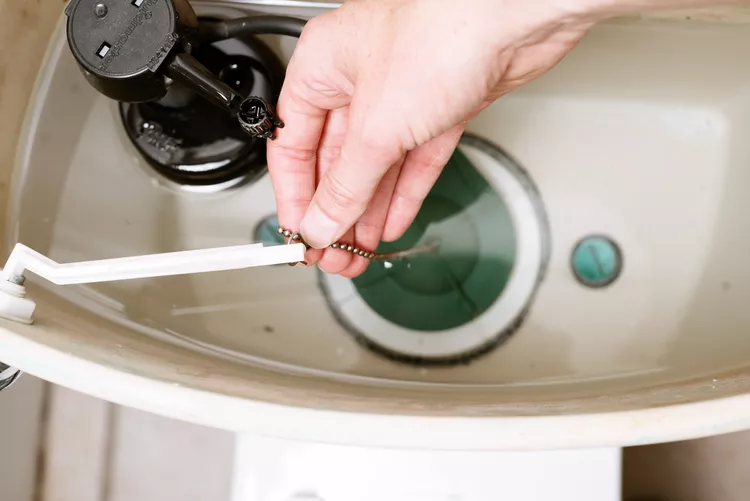
Make sure the flapper chain is the correct length. Too short or too long causes improper flapper function.
Clean or Replace the Flapper
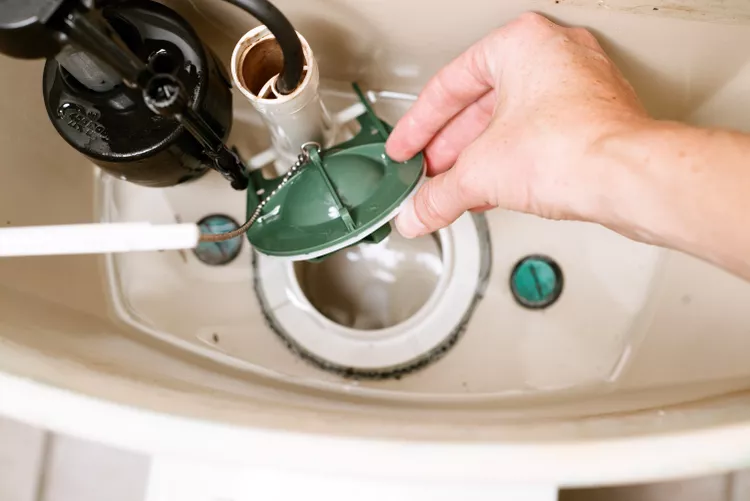
Shut off the water and drain the tank. Clean a dirty flapper with white vinegar or replace a warped one.
Remove and Replace the Valve
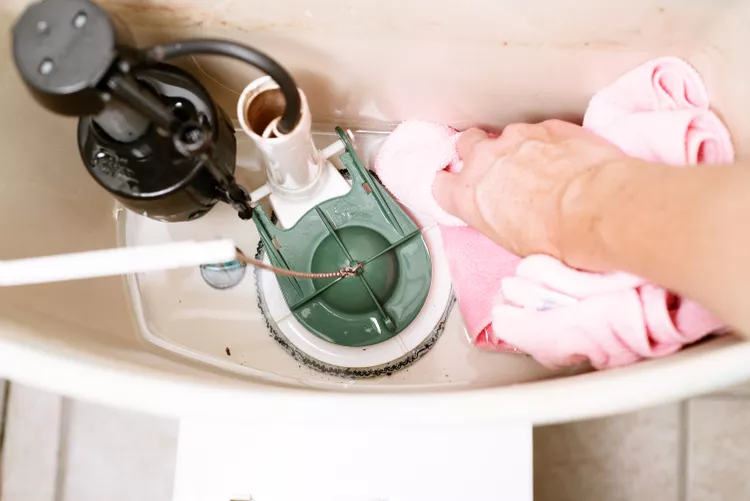
Disconnect the tank’s water supply and bolts. Lift the tank, remove the old flush valve, and install the new one securely.
Reassemble and Test
Reconnect the water supply and test by flushing. Ensure the flapper seals correctly and the toilet stops running.
Toilet Running Troubleshooting Guide: Fixing the Fill Valve
Confirm the Problem
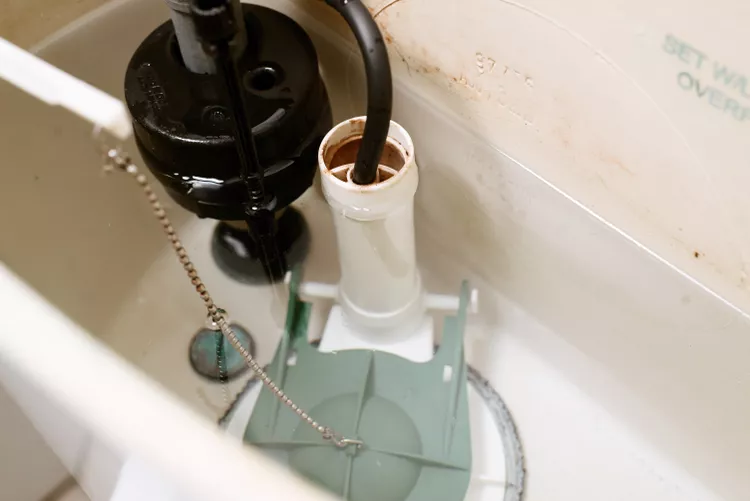
If the water level is below the overflow but the tank still fills, the fill valve likely needs replacement.
Drain the Tank
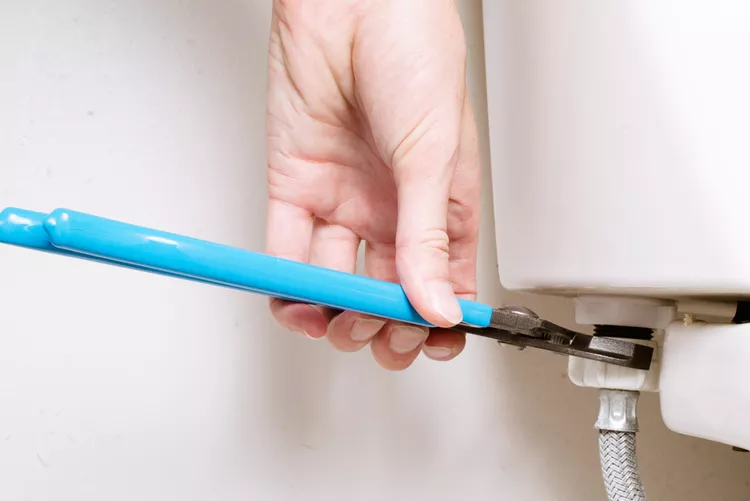
Turn off the water valve and flush. Absorb excess water with towels and detach the supply line.
Remove the Fill Valve
Unscrew the locking nut and lift the fill valve from the tank. Place it in a sink or bucket to drain.
Install the New Valve
Adjust the valve height to match the tank. Insert and secure it using the locking nut to ensure a watertight seal.
Reconnect and Test
Turn the water on and allow the tank to fill. The float should rise and stop water flow at the set level.
When to Call a Plumber
If you’ve tried this Toilet Running Troubleshooting Guide but water still overflows or leaks persist, consider calling a professional plumber. Overflowing bowls or ineffective adjustments may indicate deeper plumbing issues.
Toilet Running Troubleshooting Guide: Final Thoughts
This Toilet Running Troubleshooting Guide empowers you to identify and fix issues quickly and affordably. Most solutions only require basic tools and parts. However, always prioritize safety and water conservation.
Explore more helpful guides and updates by visiting other home maintenance articles on this website.

